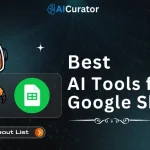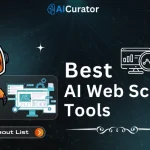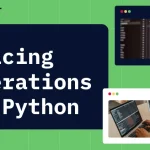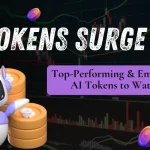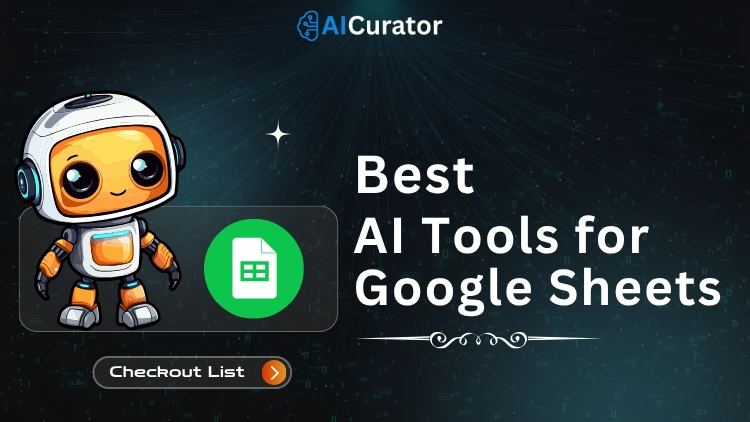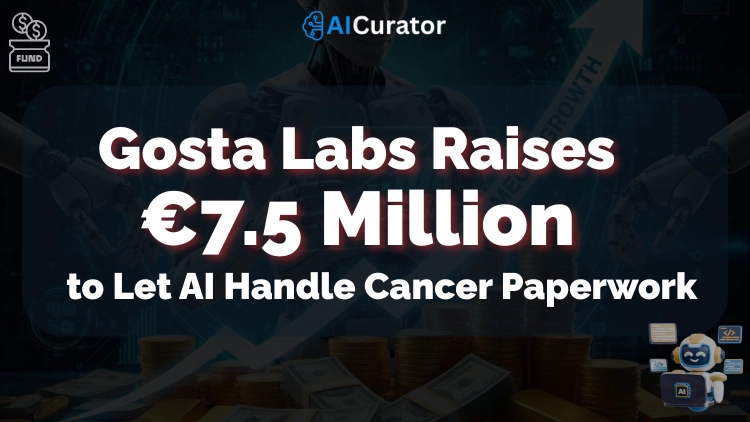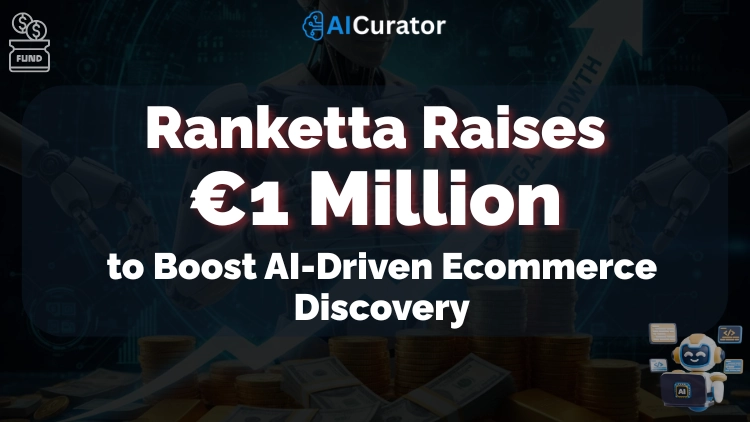Struggling to make sense of your business data whilst competitors seem to pull insights from thin air? You're not alone – most organisations sit on goldmines of information but lack the right tools to extract real value.
Modern AI-powered data analysis platforms have changed the game completely, turning complex datasets into clear business strategies.
From automated machine learning to natural language queries, these AI Tools for Data Analysis help teams spot patterns, predict trends, and make smarter decisions faster than ever. Ready to stop guessing and start knowing?
The Hidden Perks of AI Data Tools That Could Save Your Business Thousands
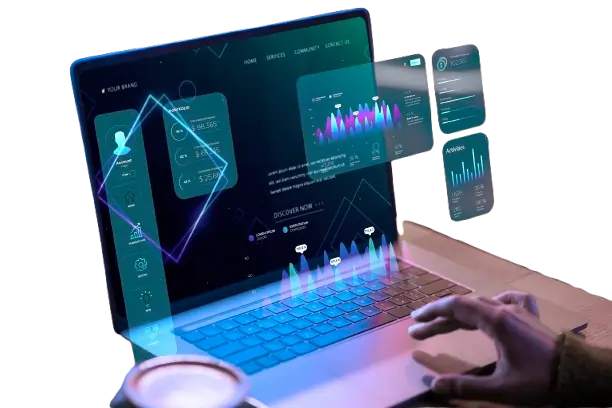
What if one platform could slash your analysis time by half and boost accuracy to 95%? AI tools excel in predictive analytics and business intelligence, spotting anomalies and generating reports on the fly.
They support diverse teams, from solo analysts to large crews, with features like natural language queries and visual dashboards. In 2025, ignoring them means falling behind competitors who gain an edge in market trends and customer behaviour. Unlock savings and growth by integrating these essentials into your strategy today.
Why AI Tools for Data Analysis Matter in 2025?
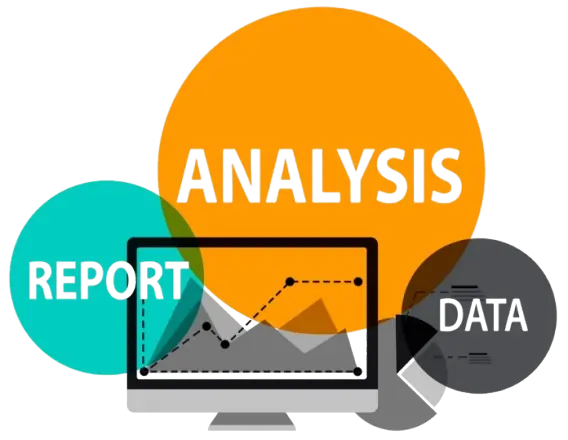
Struggling to keep up with exploding data volumes? In 2025, data analysis tools pack a punch to boost decision-making speed by 50%, turning raw info into sharp business strategies. With global data hitting 181 zettabytes, these platforms use machine learning for predictive insights, slashing costs and spotting market trends before rivals do.
Think finance pros forecasting risks or retail bosses optimising stock – it's all about staying ahead. Ignore them, and you risk falling behind in a data-driven economy where AI analytics drive 20% higher profits. Grab these essentials now for smarter, faster growth in business intelligence and beyond.
Comprehensive Comparison: Features That Matter Most
| Tool | Ease of Use | Pricing Model | Ideal Team Size | Rating (out of 5) |
|---|---|---|---|---|
| RapidMiner | Excellent (Drag-drop) | Freemium | 10-500 users | 4.5 |
| Tableau | Good (Some learning curve) | Per user licensing | 5-1000+ users | 4.6 |
| Azure ML | Moderate (Technical) | Pay-as-you-go | 50-5000+ users | 4.4 |
| KNIME | Excellent (Visual) | Free/Open source | 1-100 users | 4.5 |
| ThoughtSpot | Excellent (Search-based) | Custom enterprise | 20-2000+ users | 4.3 |
| SAS Analytics | Moderate (Traditional) | Enterprise licensing | 100-10000+ users | 4.2 |
| H2O.ai | Good (Technical focus) | Open source/Enterprise | 5-500 users | 4.4 |
| DataRobot | Good (Automated) | Enterprise only | 50-1000+ users | 4.5 |
1. RapidMiner | The Visual Data Science Powerhouse
RapidMiner stands out as the most user-friendly visual data science platform. Now part of Altair Engineering's portfolio, this platform earned Leader status in Gartner's 2025 Magic Quadrant for Data Science and Machine Learning Platforms.
Key Features:
Why It Works?
RapidMiner's drag-and-drop interface means your marketing team can build customer segmentation models without bothering your IT department. The platform processes everything from traditional databases to big data in Hadoop clusters, making it incredibly versatile for modern businesses.
Best Used By: Mid-sized companies with mixed technical teams, marketing departments needing customer insights, and organisations transitioning to data-driven decision making.
2. Tableau | The Visualisation Champion
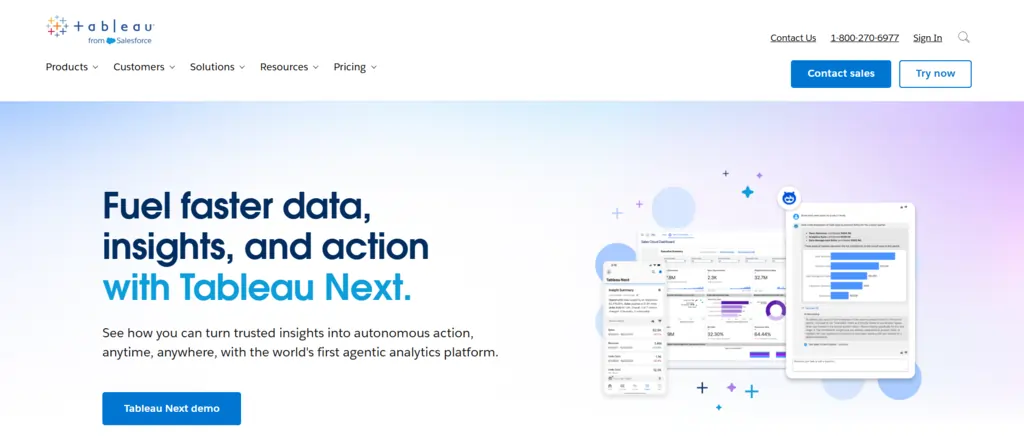
Tableau has earned its reputation as the gold standard for data visualisation. Now part of Salesforce, it combines Einstein AI with powerful visual analytics to deliver insights that actually make sense to business stakeholders.
Key Features:
Why It Works?
Tableau's strength lies in its ability to connect disparate data sources and create interactive dashboards that tell a story. Companies like Bentley Motors and NYU Langone Health use it to streamline operations and enhance customer experiences.
Best Used By: Marketing teams needing customer journey visualisation, executives requiring executive dashboards, and retail companies tracking inventory and sales patterns.
3. Microsoft Azure Machine Learning | The Enterprise Heavyweight
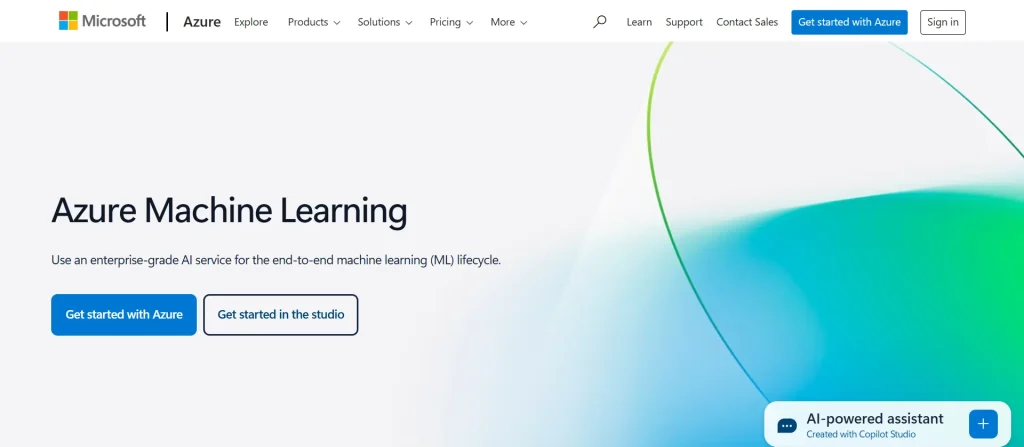
Azure ML delivers enterprise-grade machine learning capabilities with seamless integration across Microsoft's cloud infrastructure. Its AutoML features make sophisticated predictive modelling accessible to business users without coding experience.
Key Features:
Why It Works?
Azure ML's strength is its scalability and integration. Companies can start small and scale up as their data science needs grow, while maintaining enterprise-level security and compliance across 60+ certifications.
Best Used By: Large corporations with existing Microsoft infrastructure, financial services requiring compliance, and organisations needing scalable ML solutions.
4. KNIME | The Open-Source Data Democracy Platform
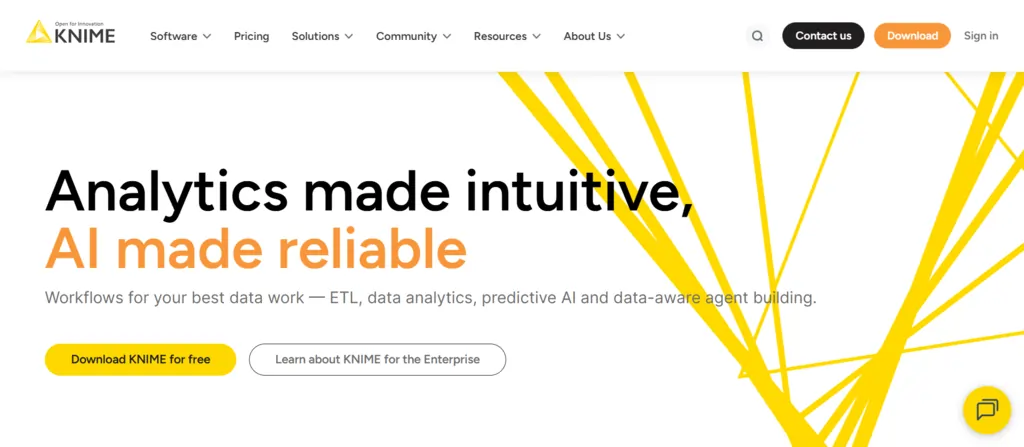
KNIME (pronounced “naim”) has democratised data science by offering powerful analytics capabilities completely free. This open-source platform combines ease-of-use with enterprise-grade functionality.
Key Features:
Why It Works?
KNIME's modular design allows users to build complex data pipelines visually. Companies like Deutsche Telekom and Continental use it for supply chain optimisation and quality analysis, proving its enterprise readiness.
Best Used By: Startups with limited budgets, educational institutions teaching data science, and teams wanting to avoid vendor lock-in.
5. ThoughtSpot | The Search-Driven Analytics Leader
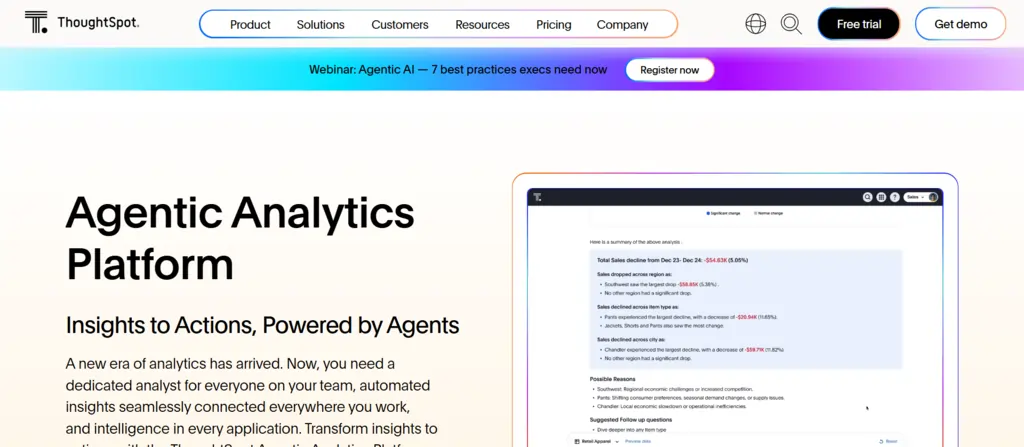
ThoughtSpot puts a Google-style search bar on top of your cloud warehouse, letting anyone type a question in plain language and get charts in seconds. Its Spotter assistant suggests follow-up queries and turns those answers into shareable Liveboards that refresh in real time.
The platform also flags anomalies and trends automatically with SpotIQ and offers built-in forecasting for time-series data.
Key Features:
Why It Works?
ThoughtSpot eliminates the traditional BI bottleneck by letting anyone ask questions of their data in plain English. Companies like Capital One and Hilton Worldwide have seen 70% increases in analytics adoption after implementing ThoughtSpot.
Best Used By: Non-technical business users, retail companies tracking customer behaviour, and organisations wanting to democratise data access.
6. SAS Analytics | The Statistical Analysis Veteran
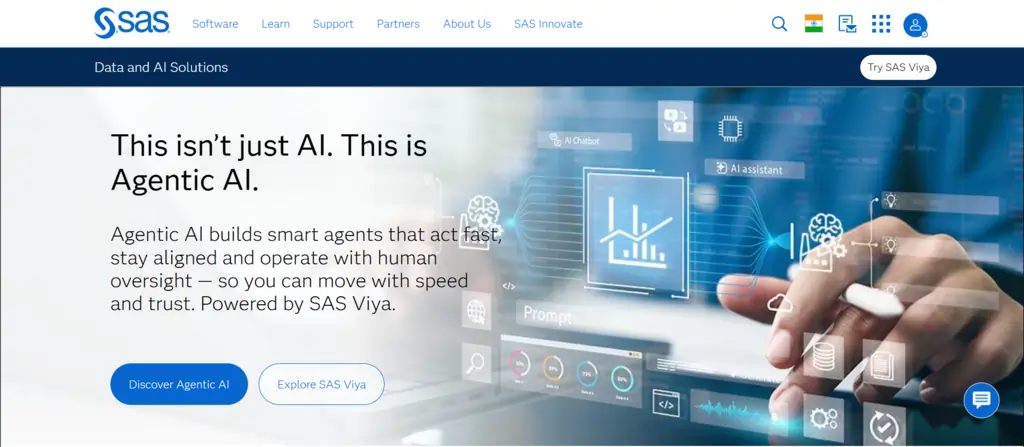
SAS remains the gold standard for statistical computing, now supercharged with AI tools for data analysis that bridge decades of analytics expertise with modern machine learning. The 2025 release brings AutoML 2.0 with automated model training, enhanced NLP capabilities, and real-time anomaly detection powered by AI algorithms.
Key Features:
Real Enterprise Power:
SAS connects seamlessly with Python, R, TensorFlow, and modern databases like Snowflake and Databricks. The platform processes real-time streaming data from IoT devices and APIs while maintaining GDPR and HIPAA compliance through AI-driven security controls.
Best Used By: Pharmaceutical companies, financial institutions, government agencies, and any organisation requiring regulatory-compliant analytics.
7. H2O.ai | The Open-Source Machine Learning Specialist
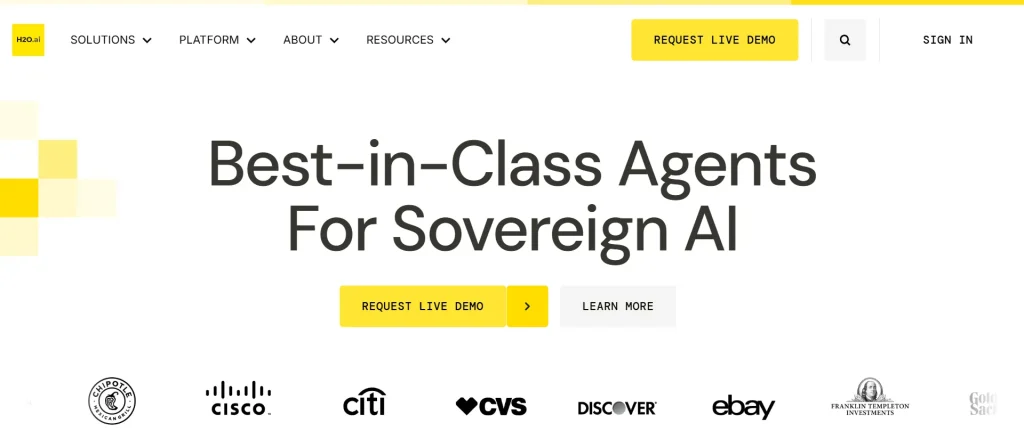
H2O.ai delivers enterprise-grade AI tools for data analysis through its dual approach: free H2O-3 for developers and h2oGPTe for regulated industries. Named a Gartner Visionary for three consecutive years, the platform achieved the ** spot on GAIA benchmark with 75% accuracy in March 2025, outperforming all other agentic AI systems globally.
Key Features:
Why It Works?
H2O.ai excels at automated machine learning while maintaining transparency in model decisions. This combination of automation and explainability makes it perfect for regulated industries needing both efficiency and accountability.
Best Used By: Data science teams in financial services, healthcare organisations needing predictive models, and companies requiring explainable AI solutions.
8. DataRobot | The End-to-End AI Platform
DataRobot stands out as one of the top AI tools for data analysis by covering the entire model lifecycle—from raw data to actionable predictions, all inside a single platform. In 2025, it launched a no-code time series feature that lets business analysts build, validate, and deploy advanced forecasting models without writing a single line of code.
Users simply upload their data; DataRobot automates feature engineering, tests a wide range of algorithms (ARIMA, XGBoost, LSTM, etc.), and picks the best performer for the job.
Key Features:
Why It Works?
DataRobot has demonstrated tangible business impact – improving fraud detection by 30% in financial services and reducing model development time by 80% in healthcare. This proven ROI makes it attractive for executive buy-in.
Best Used By: Large enterprises needing complete ML lifecycle management, financial services requiring fraud detection, and healthcare organisations building predictive models.
Recommended Readings:
The Data Analysis Tool That Changes Everything (Don't Sleep on This)

The “best” AI tool depends entirely on your specific needs, technical expertise, and budget constraints. Here's our recommendation framework:
The key is starting somewhere and scaling up as your data maturity grows. The companies winning with data aren't necessarily using the most expensive tools – they're using the right tools consistently and building a culture where data-driven decisions become second nature.
Remember:
The best AI tool is the one your team actually uses. Choose based on your current capabilities, not your aspirational ones, and watch your data analysis capabilities transform your business outcomes.


